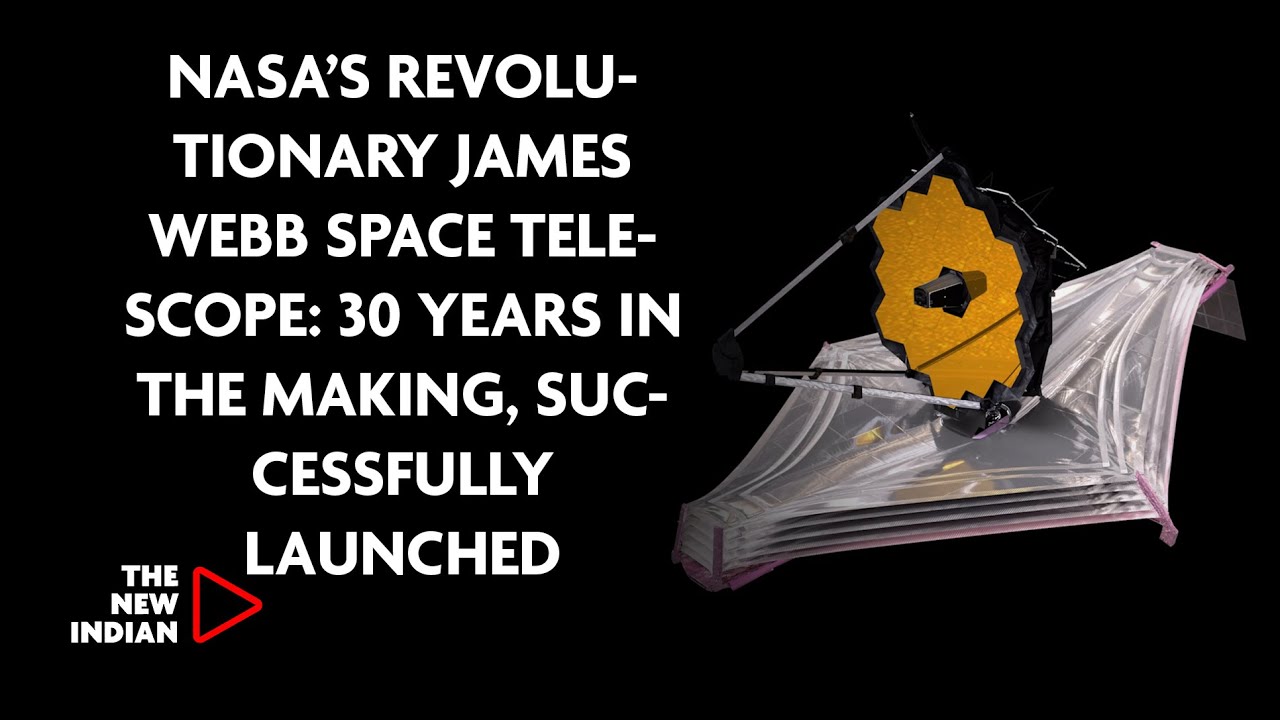What is the James Webb Space Telescope?
NASA launched the most powerful James Webb Space Telescope this Christmas. This Space Telescope is built to give the world a glimpse of how the universe looked when the first galaxies formed. The James Webb Space Telescope was successfully lifted by an European Ariane 5 rocket from South America.
Goal of the JWST:
This James Webb telescope will be able to see anything in the sky from a long distance too. However this telescope has one overriding objective and which is to see the light coming from the very first star to shine in the universe. These pioneer stars are thought to have switched on about 100-200 million years after the Big Bang or a little over 13.5 Billion years ago.
These stars are far away and they move at 300,000 km (186,000 miles) per second and this telescope will be able to spot the galaxies formed by these stars. This telescope will be able to detect the faint glow of these stars from the moment when the darkness ends and the first star comes to life.
The question about why we need to see the first stars is that Hydrogen, Helium and a smattering of lithium were the only three chemical elements when the universe was formed. Every other chemical element such as carbon and oxygen had to be forged or manufactured by nuclear reactions at the center of stars and this Webb will help us to understand the origins of everything we see around us and how we came to be.
NASA spent $8.8bn on Webb’s design and build it will put in a further $860m to support five years of mission operations. This gives an American total of $9.7bn.
How does Webb differ from existing space telescopes?
JWST is much bigger than the largest existing space telescope Hubble Telescope which has been orbiting Earth since 1990. James has a primary mirror that’s 6.5m in diameter and on the other side Hubble collects light using a main mirror that’s 2.4m across.
James Webb is about that size of a tennis court with all the other associated equipment.
The key aspect of this telescope is that it is tuned to detect light which Hubble cannot. This light is invisible to the human eye, but it’s the type of light in which the glow from the most distant objects in the Universe will show up.
Mark McCaughrean, senior science adviser with the European Space Agency explained that the critical thing is that this telescope had to get very cold and will be at minus 233 degree Celsius.

